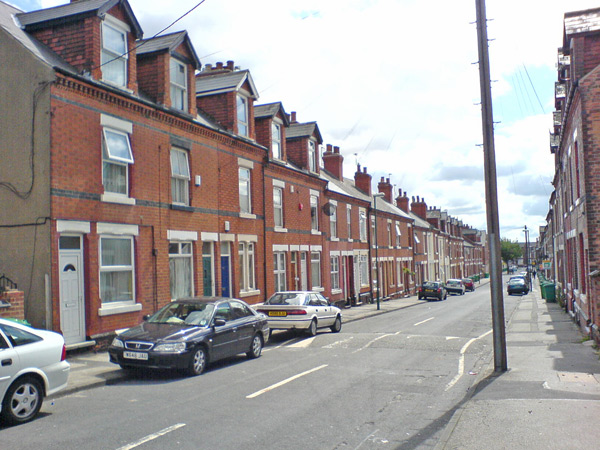A new report by the Pew Research Center found that residential segregation by income has increased during the last 30 years.
The study found that 28 percent of lower-income households were located in mostly impoverished areas in 2010, up from 23 percent in 1980 while higher-income households living in mostly affluent areas doubled during the same time frame, from nine percent in 1980 to 18 percent in 2010.
“These increases are related to the long-term rise in income inequality, which has led to a shrinkage in the share of neighborhoods across the United States that are predominantly middle class or mixed income,” The Pew Report said.
The Pew Report also found that “most of America’s neighborhoods are still predominantly middle class but that the number has decreased — from 85 percent in 1980 to 76 percent in 2010,” and residential segregation by income remains less widespread than residential segregation by race.”
A report that measures residential segregation by political ideology, though, may be more compelling.

COMMENTS
Please let us know if you're having issues with commenting.